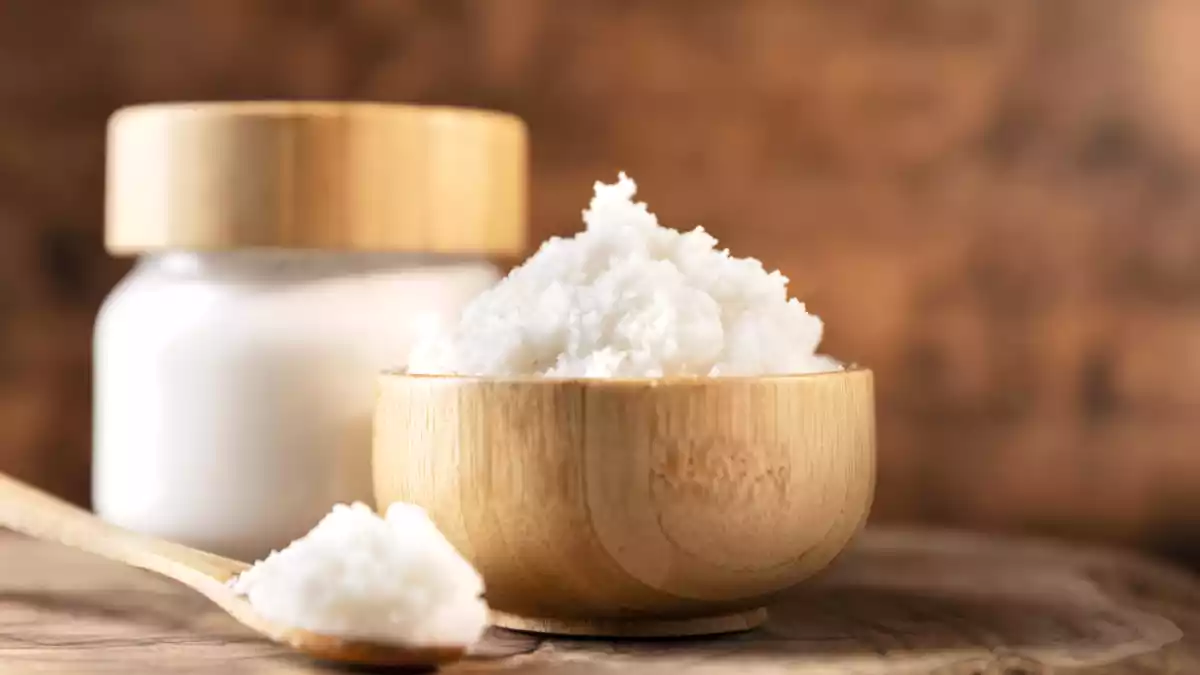Schmaltz, the secret of many chefs and how to prepare it at home

What if chicken fat was the new liquid gold? What if the deepest flavor of our dishes was hidden in an ingredient relegated to the discard? Not all dishes that shine and have intense flavor are achieved using butter as a fat. The alternative? Schmaltz.
For years, animal fat was viewed with suspicion. Between the demonization of cholesterol and the "light" craze, there was a time when cooking with lard or poultry skin seemed like a thing of the past. But like everything that has flavor and substance, some of those fats are making a comeback. And one of them (almost relegated to oblivion) and now unexpectedly vindicated, is schmaltz, a slow-melted chicken fat that today is making a comeback in kitchens with more substance. It is not new. Nor is it exotic. But it does have something that many oils lack: character.
The taste that has always been there
Although its name sounds like a Woody Allen scene, schmaltz is nothing more than chicken (sometimes goose) fat melted over low heat and strained and then used for cooking. A technique as old as the instinct to make the most of every last piece of the animal.
The interesting thing is that, far from being relegated to traditional cooking, this fat has once again found its way into the frying pans of contemporary cooks. Partly out of nostalgia, yes, but mostly because it works. It brings a mild but unmistakable flavor, gives texture to simple dishes and has the virtue of elevating the everyday to a truly remarkable one.
Schmaltz is a classic, and in many households, a staple ingredient of traditional Jewish cooking. For generations, it has been the fat of choice for dishes such as kugel, chopped liver or fried matzah. When butter was not an option by kosher standards, schmaltz offered a tasty alternative, with a deep flavor reminiscent of homemade broth.
Why chefs are turning their eyes back to this fat
In professional kitchens, where every spoonful must add flavor, schmaltz has begun to regain its place. Some use it to sauté vegetables, others incorporate it into savory doughs, and some spread it directly on toasted bread as if it were butter, but with the aroma of a concentrated broth. For example, potatoes sautéed with this fat are impregnated with the deep flavor of slow roasts.
Is it healthy?
It depends on what you mean by healthy. What is certain is that schmaltz is a natural product, without additives or industrial processes. It is pure poultry fat, rich in monounsaturated fatty acids and stable at high temperatures. And, like any fat, its secret lies in moderate and conscious use. It is not an ingredient to soak everything, but it is an ingredient to understand how a small amount can transform an entire dish.
Doing it at home is very simple
Preparing schmaltz does not require special techniques, only time and a little attention. Chicken skin and fat, which you can order at the butcher's or save after butchering the bird, is slowly melted in a saucepan without adding water or oil. Little by little, the liquid fat separates from the solid remains, while the aroma intensifies and the pieces brown.
By adding a julienned onion in the last minutes, a sweet and toasted touch is achieved, which makes it even tastier. Then all that remains is to strain it and store it in a jar. In the refrigerator it keeps up to a week; in the freezer, even longer.
More than a forgotten ingredient
Schmaltz is not back on a whim or a fad. It is back because it makes sense: at a time when we value the authentic, the simple and the tasty, this homemade fat, without additives and loaded with flavor, fits today's kitchens. It is not haute cuisine. It's not fast food. It's deep-fried cuisine. And although its name still sounds like a secret whispered among butchers, it may not be long before it is available in our supermarkets.
How about you?
Have you ever cooked with poultry fat? Are you familiar with schmaltz or is this the first time you've heard of it? Maybe in your house the chicken skin was already used without a name, or maybe you're curious and are thinking of saving it for your next recipe. Either way, we'd love to hear about it. Let us know if you use this type of fat in your kitchen or if you dare to try it.
You may also be interested in:
 Patricia González
Patricia González